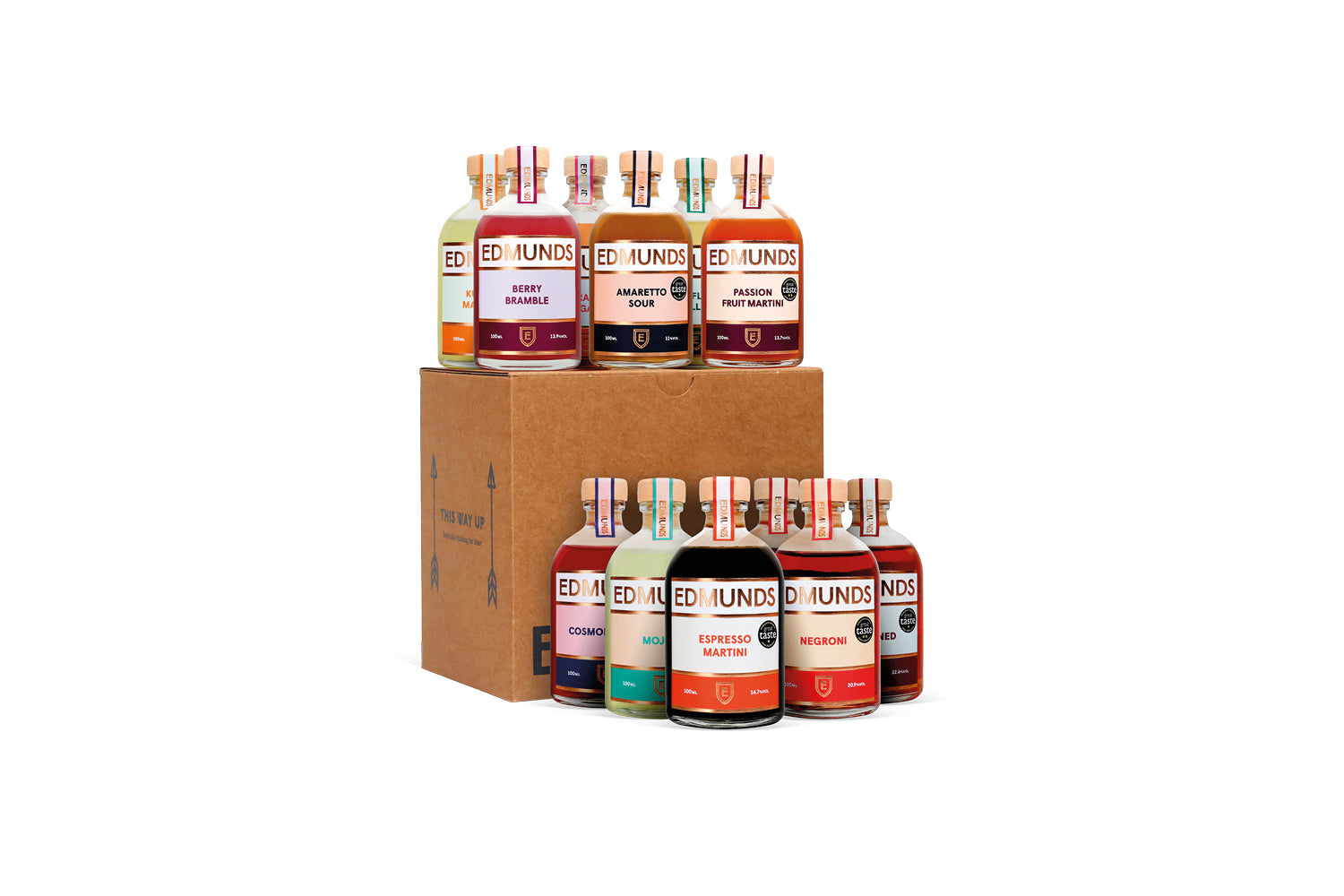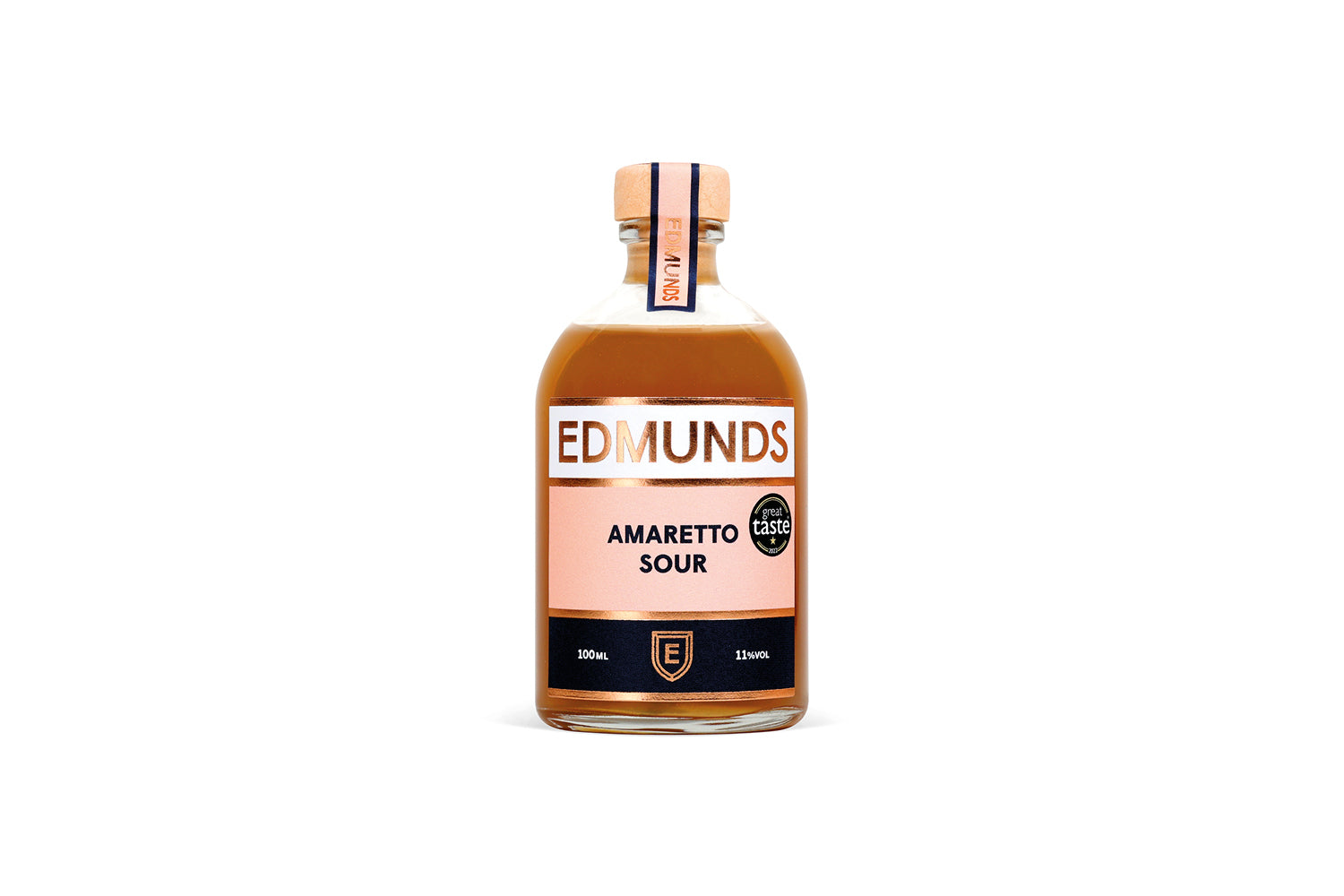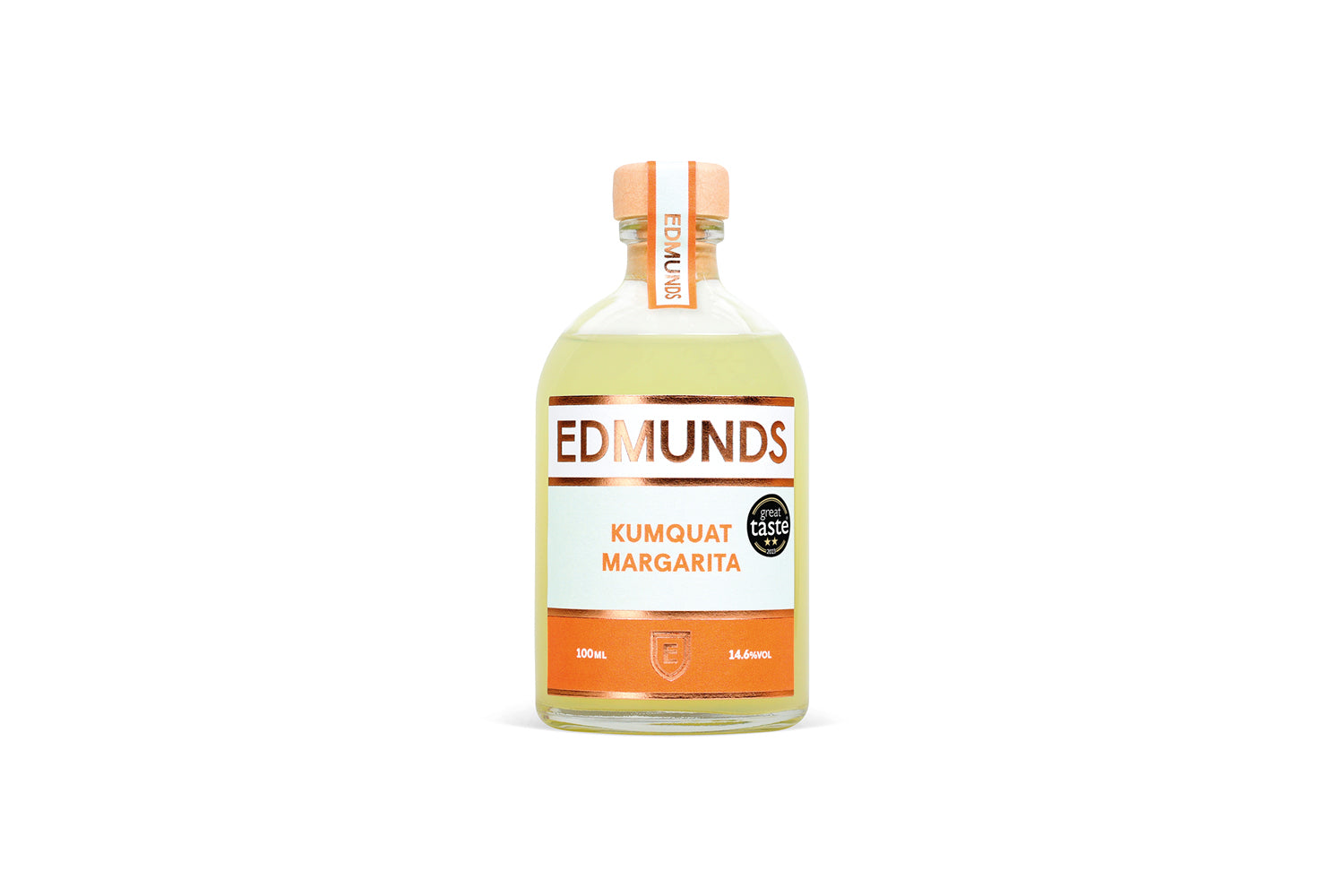We all know the deal with Hollywood musicals. Unlike in real life, even the most potentially mundane of moments – like walking along a street during a storm, persuading primary-schoolers to take a dose of Calpol or exchanging the odd pleasantry with your pets* – becomes an opportunity to break into song.
Layering on the schmaltz…
White Christmas (1954) is, of course, in a class of its own. The first film to be shot using Paramount's new VistaVision process, it successfully harnesses the towering talents of Bing Crosby, Danny Kaye, Rosemary Clooney and Vera-Ellen in a lavish production with dazzling costumes and an Irving Berlin soundtrack that is still pretty impressive 70 years on.
You might think that with the film’s main characters engaged in plenty of on-stage singing and dancing, they’d be a bit more tight-lipped during their downtime. Happily for us, though, they use every occasion – eating late-night sandwiches** round the (incredibly dangerous) indoor firepit, for instance – as creative inspiration.
…and heavy on the malt
The best of these setups is the ‘club car’ scene where one minute our heroes are ordering late-night snacks on the train from Florida to Vermont, while the next, they’re creating a snowy diorama out of a tablecloth and singing about the dubious joys of washing your hands/face/hair with snow.
It’s here that Judy orders a ‘malted’ from the bartender – a drink likely unfamiliar to British cinemagoers. The ‘malted’ in question would have been a vanilla milkshake flavoured with malted barley – a sweet, toasted grain that’s been a constituent of beer for millennia, and which is also used widely in whisky production. In the 1880s, British pharmacist and US emigré James Horlicks patented a recipe for a dried milk product fortified with malted barley designed to provide a safe, stable and nutritious food source for children. In the US, malted milk quickly became a staple of ice cream and milkshakes.
Milkshake brings all the boys/girls to the bar
The popularity of mid-century milkshakes spawned a parallel trend for milkshake-style bar cocktails – an appetite that grew with the ubiquity of kitchen blenders, making them quick and easy to whizz up at home. However, cream, egg and spirit combinations – iced eggnog, if you will – were being served as far back as the late 1800s.
Earlier ‘milk punches’ used dairy, too, but in this case with curds separated from the whey (either by adding citrus or applying heat) before adding brandy or whisky to the remaining liquid. A modern-day milkshake-inspired milk punch is more likely to use a blend of brandy and dark rum, together with a dash of vanilla syrup and a glass of whole (full-fat) milk, perhaps topped with a grating of nutmeg.
Cream of the crop
Creamy, gently spiced cocktails seem particularly well suited to the festive season. A White Russian is a popular choice: two parts vodka, blended with one part espresso liqueur, served over ice and topped with a measure of single cream. A more elegant cocktail, the Brandy Alexander is a frothy mix of brandy, crème de cacao (half brown, half white) and cream.
Edmunds’ limited edition White Christmas is a fresh twist on a classic cream cocktail. There's a lot going on in each festive sip: the premium nut-based vegan cream liqueur Licor 43 Horchata delivers a velvety texture with subtle Mediterranean spice and citrus notes, while Sapling vodka and Luxardo Amaretto add distinctive almond, vanilla and nutmeg elements for an undeniably Christmassy feel.
We can’t think of a better accompaniment to everyone’s favourite*** Christmas movie.
*Singin’ in the Rain, Mary Poppins and Doctor Dolittle, respectively.
**What in hell’s name is liverwurst?
***Say what you like, Die Hard isn’t a Christmas film.










































































